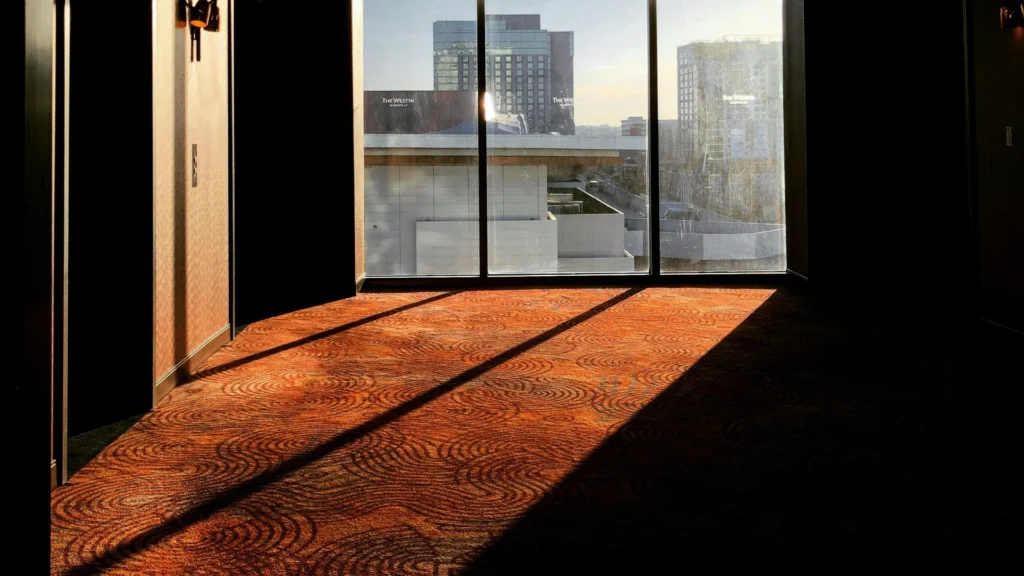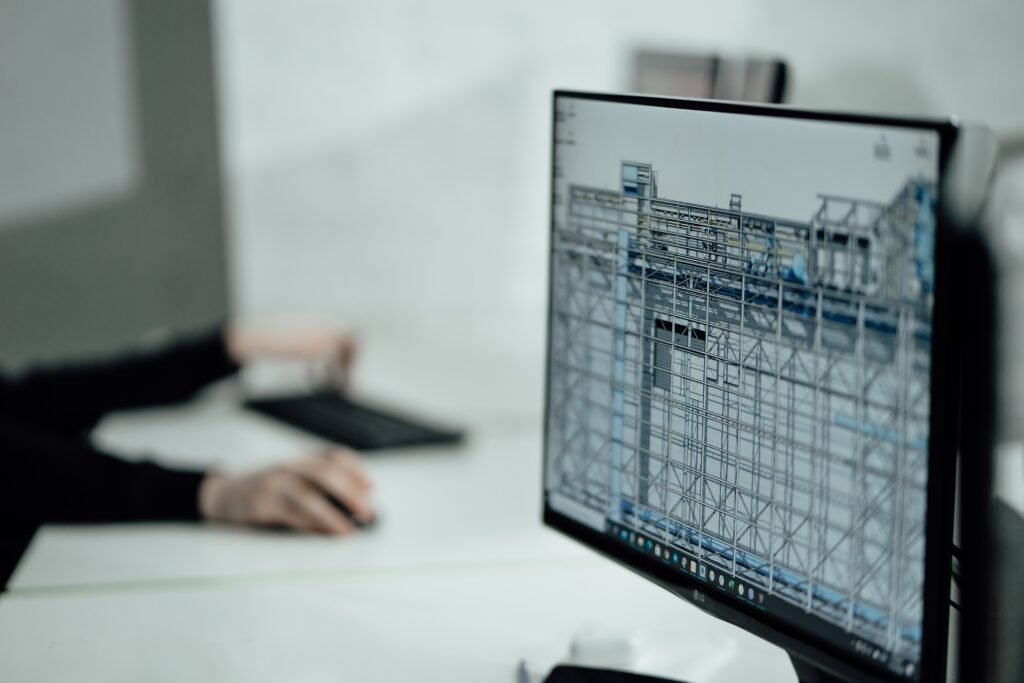
Facades are like the faces of buildings, offering a glimpse into their character and style. Let’s explore the rich history of facades in architecture, from the ancient civilizations to the modern era, delving into their evolution, significance, challenges, and innovations. Let’s get to know more about the history of facades..
Definition of Facades
In architectural terms, facades refer to the exterior surfaces of buildings, often representing the building’s identity and showcasing its design elements.
Significance in Architecture
Facades play a crucial role in architectural aesthetics, conveying the building’s purpose, style, and historical context to the observer.
Overview of the Evolution of Facades
Over centuries, facades have evolved in form, function, and artistic expression, reflecting the changing cultural, technological, and social landscapes.
Ancient Facades: The Birth of Architectural Expression
Ancient civilizations like Mesopotamia, Egypt, Greece, and Rome laid the foundation for architectural innovation and expression through their iconic facades.
Mesopotamian Ziggurats: Form and Function
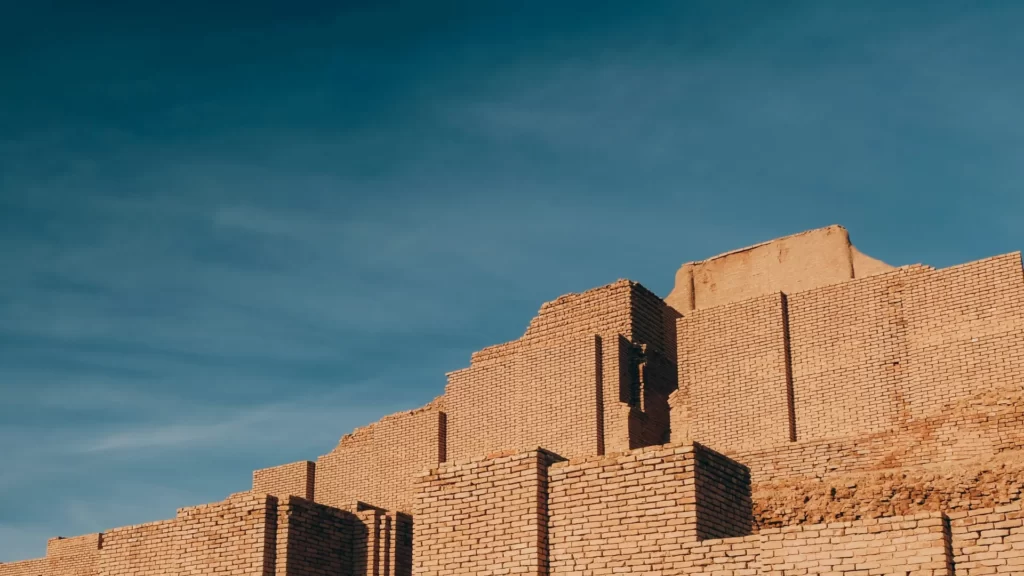
Mesopotamian ziggurats, like the famous ziggurat of Ur, showcased stepped pyramid structures that symbolized the connection between earth and sky.
Egyptian Temples: Monumental Facades as Symbols of Power
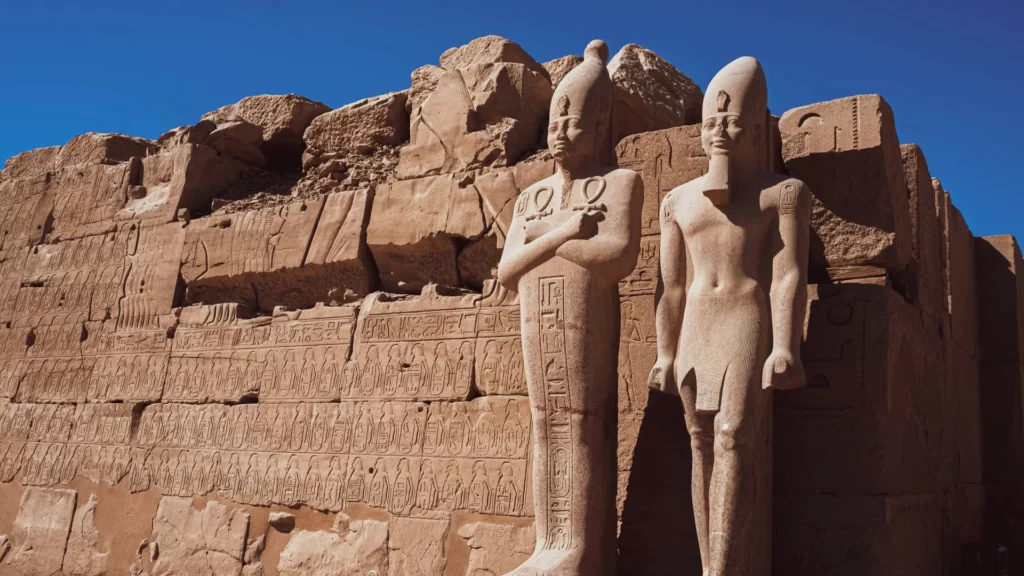
Egyptian temples such as the Great Temple of Amun at Karnak displayed grand facades adorned with intricate hieroglyphs and monumental statues, symbolizing the pharaoh’s divine authority.
Greek Temples: Harmony and Proportion in Classical Architecture

Greek temples like the Parthenon in Athens exemplified classical facades characterized by harmonious proportions, ornate columns, and pediments, reflecting the ideals of beauty and balance.
Roman Architectural Ingenuity: The Triumph of Engineering
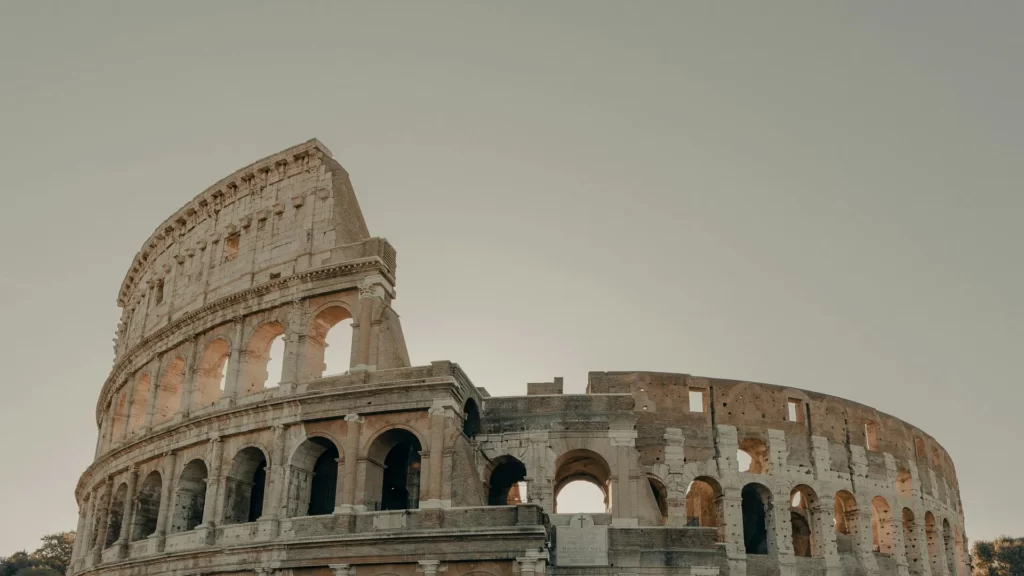
Roman facades, exemplified by the Colosseum and Pantheon, showcased architectural advancements like arches, domes, and monumental façade designs, emphasizing grandeur and durability.
Medieval and Renaissance Facades: The Era of Ornamentation
During the medieval and Renaissance periods, facades served as elaborate canvases for decorative elements and symbolic representations.
Gothic Cathedrals: Vertical Emphasis and Decorative Elements

Gothic cathedrals like Notre-Dame de Paris emphasized verticality and intricate facades adorned with stained glass, sculptures, and ornate tracery, reflecting spiritual aspirations.
Renaissance Palaces: Revival of Classical Elements and Humanism
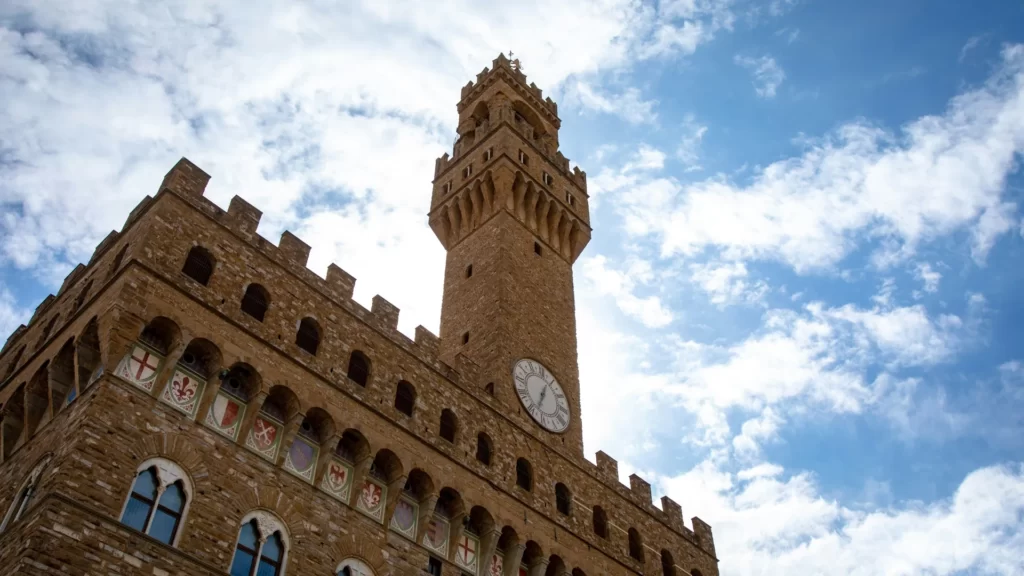
Renaissance palaces such as the Palazzo Vecchio in Florence reintroduced classical facades with pilasters, pediments, and symmetrical designs, embodying humanist ideals.
Baroque Extravagance: Dramatic Facades as a Theatrical Experience

Baroque facades, like the Palace of Versailles, featured dynamic compositions, dramatic lighting effects, and sculptural details, creating a sense of theatricality and splendor.
Industrial Revolution and Beyond: The Rise of Modern Facades
With the advent of the Industrial Revolution and modern materials, facades experienced a radical transformation, embracing new forms, structures, and styles.
19th Century Iron and Glass: The Advent of Modern Materials
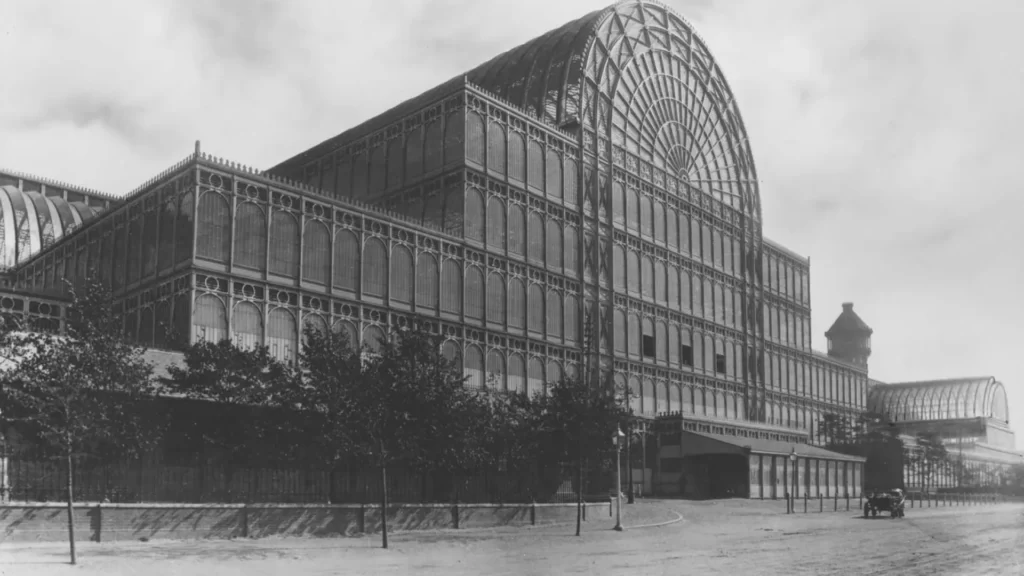
Industrial-era facades, such as the Crystal Palace in London, showcased innovations in iron and glass constructions, enabling large-scale transparent surfaces and light-filled interiors.
Skyscrapers: Vertical Expansion and the Birth of the Urban Skyline

Skyscrapers like the Empire State Building in New York revolutionized urban facades with towering heights, steel frameworks, and curtain walls, reshaping city skylines and urban landscapes.
Art Deco and Modernism: Streamlined Forms and Geometric Patterns
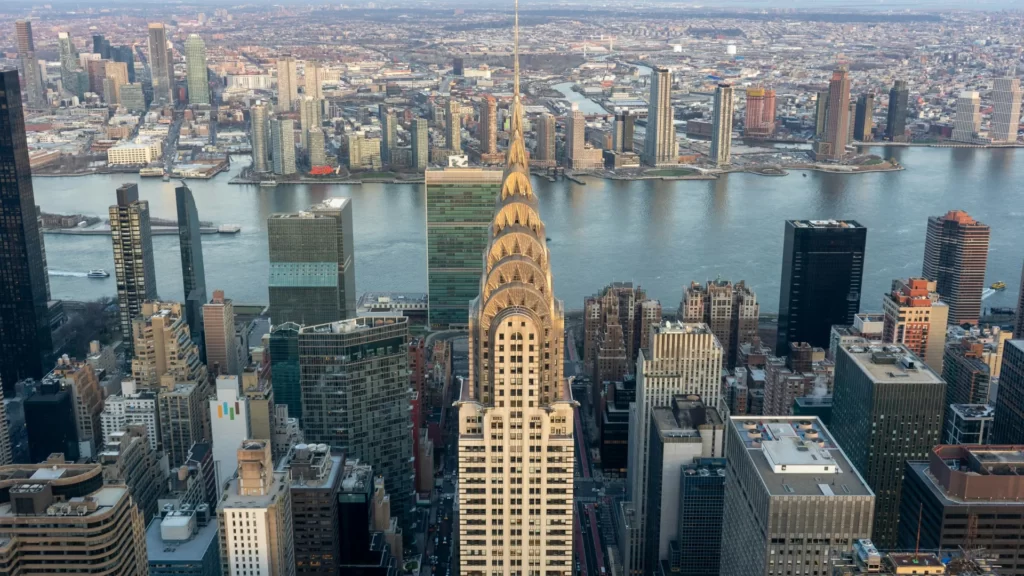
Art Deco facades, like the Chrysler Building, embraced sleek, geometric designs, stepped setbacks, and decorative motifs, representing the modernist ideals of efficiency and elegance.
Contemporary Facades: Sustainability and Technological Advancements
In the contemporary era, facades are evolving towards sustainable, technologically advanced designs that prioritize environmental performance, energy efficiency, and aesthetic innovation.
Green Facades: Integration of Nature and Building Design
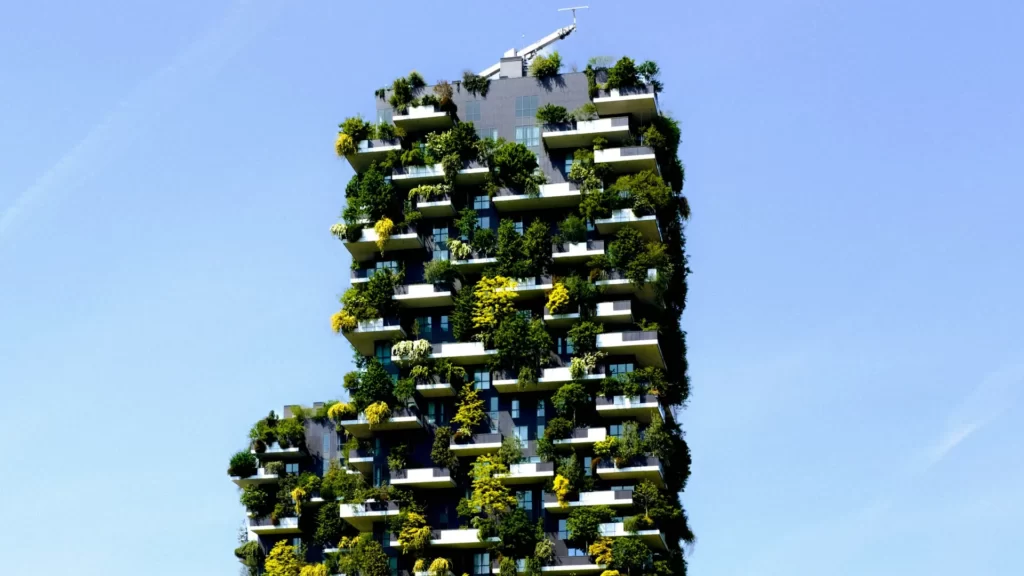
Green facades or living walls, such as the Bosco Verticale in Milan, blend nature with architecture, enhancing biodiversity, air quality, and energy efficiency while creating a visually striking facade.
High-Tech Facades: Responsive and Adaptive Structures

High-tech facades incorporate responsive technologies like dynamic shading systems, photovoltaic panels, and smart glass, optimizing natural light, ventilation, and energy consumption for enhanced building performance.
Parametric Design: Pushing the Boundaries of Possibility
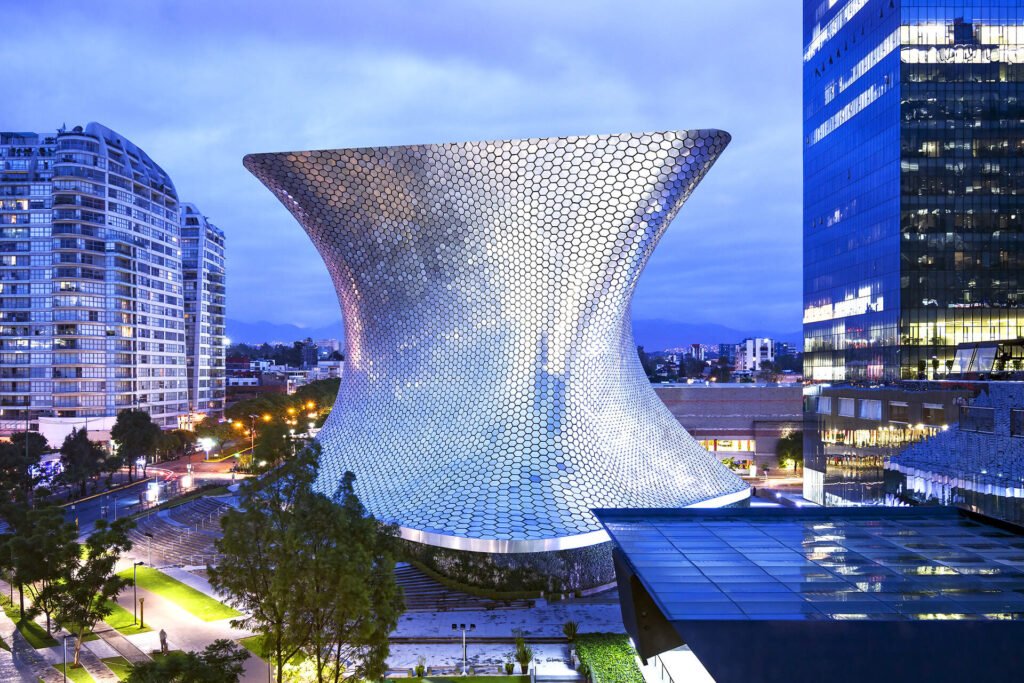
Parametric facades, driven by computational design and digital fabrication tools, enable architects to create complex, customized facades with intricate patterns, shapes, and textures, pushing the boundaries of architectural possibilities.
Cultural Significance and Symbolism in Facades
Facades transcend mere aesthetics and function, embodying profound cultural, symbolic, and socio-economic meanings. They reflect religious beliefs, political ideologies, and commercial aspirations.
Religious and Spiritual Significance
Religious structures are an important part in the history of facades. Facades of religious structures such as churches, mosques, and temples carry spiritual values, cultural traditions, and architectural symbolism, connecting people to their faith and heritage.
Political and Social Statements
Government buildings, monuments, and public spaces utilize facades as symbols of power, democracy, and social identity. They convey historical narratives and societal values.
Economic and Commercial Implications
Commercial facades of skyscrapers, shopping malls, and corporate headquarters project brand images, economic prosperity, and urban development. They shape consumer perceptions and market competitiveness.
Challenges and Innovations in Facade Design
However, as the architectural landscape evolves, facade designers encounter challenges related to sustainability, structural integrity, cultural preservation, and technological advancements. These challenges drive innovations in design and construction practices.
Environmental Concerns and Energy Efficiency
Moreover, sustainable facades integrate passive design strategies, renewable materials, and energy-efficient systems. They aim to reduce carbon footprints, mitigate climate impacts, and enhance occupant comfort.
Structural Integrity and Safety Measures
Facade engineering prioritizes structural stability, seismic resilience, wind loads, fire safety, and durability. This ensures that building facades meet stringent performance standards and regulatory requirements.
Cultural Preservation and Contemporary Adaptations
Furthermore, adaptive reuse projects, heritage facades, and conservation efforts seek to preserve historic buildings, facades, and urban contexts. They accommodate modern functions, technologies, and user needs.
Conclusion
In conclusion, the evolution of facades in architecture mirrors the evolution of human civilization, reflecting cultural values, technological progress, and design innovation. Looking ahead, architectural facade design offers endless possibilities for shaping our built environment with sustainability, creativity, and cultural sensitivity.
Recap of Facade Evolution
From ancient ziggurats to high-tech parametric facades, the history of facades is a testament to creativity, ingenuity, and artistic expression that spans millennia.
Reflection on the Enduring Impact of Facades
Facades transcend mere building skins; they are potent symbols of human imagination, cultural identity, and architectural legacy. Their impact resonates across generations.
Future Trends and Possibilities in Architectural Facade Design
As architecture continues to push boundaries and embrace new technologies, the future of facades holds promise for innovative forms, sustainable solutions, and immersive experiences that redefine our urban landscapes and architectural horizons.

